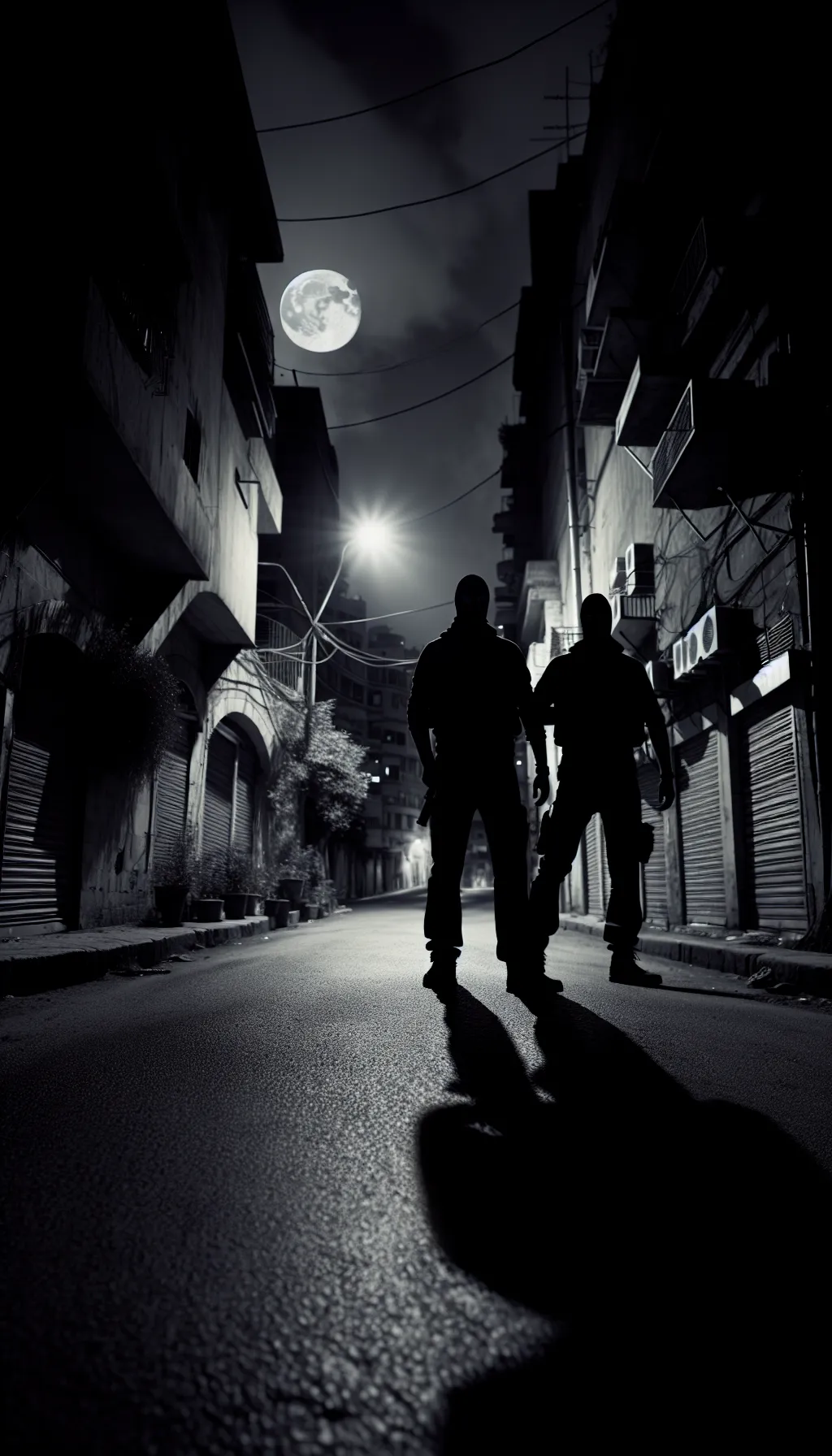Lebanon – Operation Spring of Youth: A Night of Shadows - April 9–10, 1973
TLDR;
- Event: On April 9–10, 1973, Israeli commandos executed Operation Spring of Youth in Beirut, targeting PLO leaders and facilities.
- Objective: The mission aimed to retaliate against the PLO for attacks like the Munich Olympics massacre and disrupt their operations.
- Execution: Commandos, disguised as civilians, successfully eliminated key PLO figures and bombed their facilities before withdrawing.
- Aftermath: While a tactical success, the operation escalated Middle Eastern tensions, leading to further violence and retaliation.
–
Story
In the dead of night, the streets of Beirut lay silent, cloaked in the shadows of uncertainty. It was April 9–10, 1973, and the city was about to become the stage for a daring and deadly operation. Israeli commandos, elite and unyielding, moved with precision through the labyrinthine alleys, their mission clear: to strike at the heart of the Palestine Liberation Organization (PLO).

The operation, codenamed ‘Spring of Youth,’ was a meticulously planned assault aimed at crippling the PLO’s leadership. For years, the PLO had been responsible for high-profile attacks like the Munich Olympics massacre (1972) and other cross-border raids, which directly motivated this operation. Now, Israel sought to deliver a decisive blow.
As the commandos infiltrated the city, posing as tourists and even wearing wigs and civilian clothing to blend in, tension hung thick in the air. They were tasked with eliminating key PLO figures, including the likes of Kamal Adwan, Kamal Nasser, and Abu Yusuf (Youssef al-Najjar), as well as Muhammad Youssef al-Najjar’s wife, and bombing PLO facilities. The stakes were high, and the risks even higher. One misstep could plunge the region into chaos.
The turning point came swiftly and brutally. In a series of coordinated strikes, the commandos breached the PLO’s sanctuaries, their presence a ghostly whisper in the night. Gunfire erupted, shattering the stillness, as the operation unfolded with lethal efficiency. By dawn, the mission was complete. Several PLO leaders lay dead, and the Israeli forces had vanished back into the shadows, leaving behind a city reeling from the audacity of the attack.
Operation Spring of Youth was a tactical success for Israel, but it also intensified the already volatile Middle Eastern conflict, leading to increased PLO retaliation, including the 1973 Kiryat Shmona massacre, and further entrenched the cycle of violence. The repercussions echoed far beyond Beirut, fueling further animosity and setting the stage for future confrontations.
–
| Would a different approach have altered the course of the Middle Eastern conflict? |